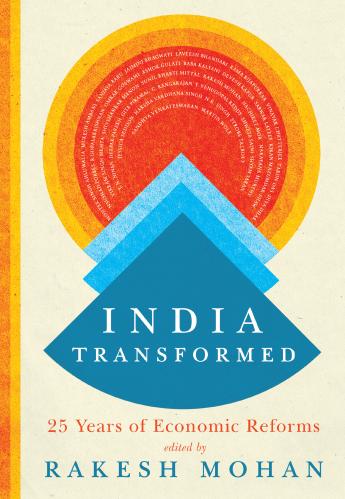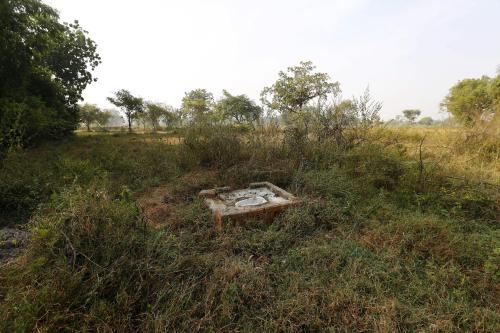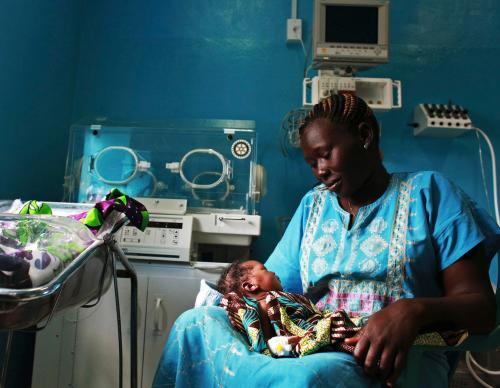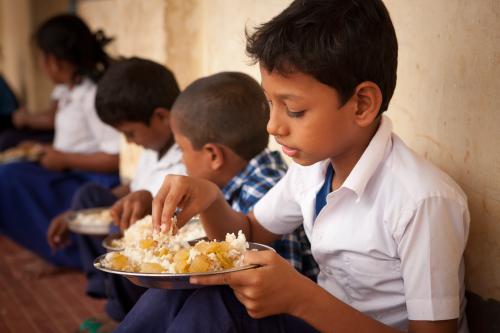During the last two decades, India has improved nutrition outcomes. Between 2005 and 2015, stunting among children who are less than 5 years old fell from 48 percent to 38 percent and the share that is underweight fell from 43 to 36 percent. But much more needs to be done. Almost 50 million children remain stunted; one-third of the global stunting burden. And achieving the country’s National Nutrition Mission’s (NNM) Vision 2022 targets, which aim to decrease undernutrition by 3 percent each year and cut anemia among children and women by a third over the next four years will require a lot of work.
September was India’s National Nutrition Month (NNM), so we’re calling on policymakers and the nutrition community to seize the opportunities to accelerate progress in reducing malnutrition.
One key set of actions is to reform the nationwide Integrated Child Development Services’ (ICDS) Supplementary Nutrition Program (SNP), especially its Take-Home Rations (THR) scheme. The THR program aims to provide children 6 to 36 months old, as well as pregnant and lactating women, with a fortified supplementary food product for home use. THR takes up a big share of the ICDS budget: state and central governments spend more than Rs 13,500 crore (about $2 billion) annually on the program.
The state of affairs
To inform the efforts to improve THR, we carried out an assessment of the program. Our research effort spanned five states—Rajasthan, Uttar Pradesh, Odisha, Andhra Pradesh, and Kerala—that together have a population of almost 440 million. The objective was to analyze the strengths and weaknesses of the THR program and identify feasible fixes that India’s nutrition community can debate and adopt.
We found that despite the large outlays, the THR program suffers from several (correctable) problems:
- Composition and formulation. The THR program’s recipe and formulation—typically composed of wheat, lentils, soya, groundnut, and sugar—and micronutrient content do not conform with the national guidelines issued by the Indian Council on Medical Research (ICMR). This means lower nutritive values for children and pregnant and lactating women.
- Production and distribution mechanisms. Production and distribution mechanisms vary across states. Some rely on centralized manufacturing while others use decentralized facilities and women’s self-help groups. But all the modus operandi are plagued by payment delays, frequent stock-outs, leakage and pilferage, and poor access by mothers and their children, especially in rural communities. Estimates suggest that over half of the annual THR budget is being wasted.
- Management, accountability, and production quality across the ICDS system. The ICDS system that administers the THR program has multiple areas of weakness. Poor staff accountability for performance, insufficient monitoring, erratic use of information systems, and inadequate quality testing are the main shortfalls.
What will it take?
While these challenges are formidable, we believe that they can be met. The launch this year of the NNM by the government is proof of the political will to reform THR. In a series of policy briefs, we discuss ways to improve the THR program.
Better composition and formulation
- National ICMR and THR guidelines should be updated and states should work with the National Institute of Nutrition to revise their formulation of the take-home rations;
- All states should have at least two THR formulations, including one for children and another for pregnant and lactating women;
- Fortification of THR should be mandatory; specifications for fortification should be spelled out and micronutrient premix should be made more accessible to decentralized production units; and
- States should consider increasing the Required Daily Allowance (RDA) included in THR for iron, folate, zinc, vitamins B6, B12, and D; limiting sugar content; and utilizing protein of higher quality.
Improved production and distribution
- Production and distribution models should utilize e-payment systems, and all contracts and payments should be contingent upon production of high-quality THR and validated beneficiary access (timely and correct supplies of products and no stock-outs), with performance metrics made available to the public;
- Production and distribution should be monitored through digital systems (e.g., barcoding) at each step to enhance transparency and accountability and minimize leakage and pilferage; and
- All THR production should have independent quality testing, with rapid feedback to producers.
Enhanced monitoring and accountability
- The recently-launched National Nutrition Mission (NNM) should be used in all states to improve multi-sectoral action and coordination across ministries (especially women and child development, health, water and sanitation, and agriculture) and improve ICDS and THR administration;
- Performance management systems which link staff performance evaluations and compensation to program outputs and outcomes should be implemented throughout ICDS to enhance accountability for delivering THR and achieving targets; and
- Data monitoring systems should regularly review all program metrics and be paired with processes that utilize data to drive operational improvements. This requires a combination of a new digital information system currently being rolled out by ICDS, and the NNM’s new requirement that district magistrates review performance—regularlytogether this could provide a platform for stronger monitoring and feedback.
These recommendations set a high bar, but some states are already starting to implement them. Odisha has developed guidelines that improve contracting, quality management, and monitoring of THR access for beneficiaries. Madhya Pradesh has recently worked with the National Institute of Nutrition to revise and update their THR recipe, improving formulation and composition. Gujarat is rolling out a bar-coding system to optimize production and distribution processes. Centralized production in Telangana has successfully utilized micronutrient fortification, and Kerala’s Kudumbashree system has implemented quality testing for THR. These emerging good practices (as well as the less successful initiatives) need to be documented and disseminated.
We urge India’s national and state governments, and other stakeholders in the nutrition community, to take bold steps to improve the THR program and other components of ICDS. This in turn would help India to make the most of the billions of dollars being invested in its most valuable assets: its mothers and their children.











Commentary
How India can improve its Take-Home Rations program to boost child and maternal nutrition
October 1, 2018